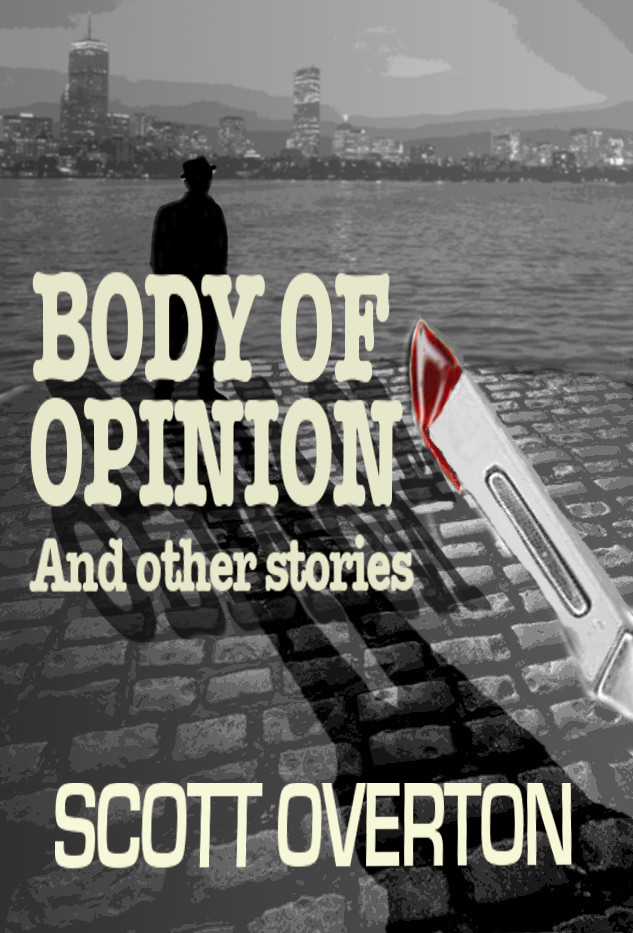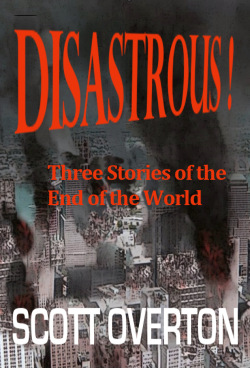INVASION OF THE CHIMERA CELLS
/ Perfect title for a cheesy horror movie, right? But I’ve recently seen several articles based on scientific studies which confirmed that many people’s bodies contain cells that come from other people. (Scientific American offered a good overview of an especially interesting 2012 study.) That’s a little creepy, but fascinating.
Perfect title for a cheesy horror movie, right? But I’ve recently seen several articles based on scientific studies which confirmed that many people’s bodies contain cells that come from other people. (Scientific American offered a good overview of an especially interesting 2012 study.) That’s a little creepy, but fascinating.
The studies I’ve read about involved women, and particularly mothers, whose bodies were found to have measurable numbers of cells that must have come from their own male babies. How do we know? Because these foreign cells have both X and Y chromosomes—women only have two X chromosomes in their native cells. That’s also why the studies have focused on women—the male XY cells are relatively easy to find. And these foreign cells have been discovered in many different organs and other tissue, including the brain. (A friend of mine tweeted: “Brings the meaning of ‘mommy brain’ to a whole new level!”)
The phenomenon is known as microchimerism (from the mythical chimera which had body parts from many different creatures). The most common reason this happens is that the placenta is part of both mother and child, and fetal cells can migrate across it and remain in the mother’s body for many years. The migration can also go the other direction, which opens up the possibility that cells from an older sibling that made themselves at home in Mom’s body could then migrate into a new fetus. There are other ways to end up with cells from someone else: cells can pass between twins in the womb, organ transplants and even blood transfusions are an obvious route, but breastfeeding might also do it, and even sex.
What I’ve found most interesting is that these immigrant cells apparently don’t just sit idle. Some scientists are investigating whether there could be a link to autoimmune conditions like rheumatoid arthritis and multiple sclerosis, because the body may detect foreign cells and respond by going on the attack. But there is also strong statistical evidence involving humans, and study findings involving mice, that suggest such cells provide health benefits. It looks like they could reduce the risk of breast cancer and Alzheimer’s Disease, plus help to repair damaged muscle and organ tissue, including the heart (wouldn’t that be fitting: a child healing a mom’s heart?)
Only a lot more research will reveal if these apparent connections are solid, but if it is true that cells from the body of another human being provide us with health benefits, that’s fodder for a whole lot of deep thought.
How would this strange chain of biological inter-dependency come about? I’m a believer in natural selection, but there are times I can’t help but wonder if it had a little help.










